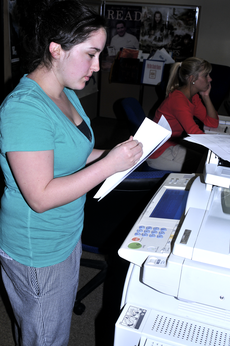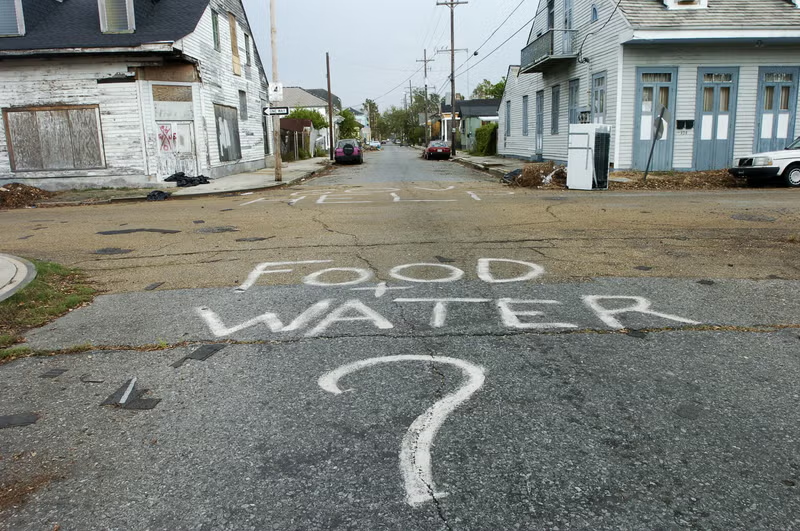The Student Technology Committee has reduced the number of pages students can print in campus computer labs from 250 to 100 in an attempt to reduce the expenses of printing, which have quadrupled since the implementation of Blackboard.Student printing expenses have increased from $5,000 to $40,000. Sherry Rodrigue, assistant director of Academic Computing, said the increase is partly a result of Blackboard. With teachers putting course materials online for students to print, the student printing expenses have gone up. “Over the last five or six years, the cost of printing has gone up and up,” Rodrigue said.
Some students claim to be unaffected by the quota reduction. Alex Autin, finance sophomore from Raceland, said students are going to react differently to the reduction depending on their individual situation, such as whether or not they can print at home. “It doesn’t really affect me,” Autin said.
Nicole Goldsmith, education junior from Geismar, said the quota reduction is not fair.
“Printing is a necessity for students,” Goldsmith said. “There are several different things the school can cut instead, like athletics.”
Goldsmith said she is nearly finished with her quota for the semester.
The personal quota of pages students are allowed to print for free has been reduced from 250 to 100 as a result of the increased expenses. Rodrigue said that the reduced quota was agreed upon during the 2008 spring semester, but it was not implemented in the fall because the Student Technology Committee wanted to give students enough time to become well-informed of the new quota-based printing system.
When printing in the Ellender, Cenac and Ayo labs, students are brought to a queue, which informs them how many pages are left in their quota and how much the printing will cost. Students are currently being charged four to five cents per page after their initial 100 pages.
The funding for student printing comes from the Instructional Technology Fee, a five dollars per- credit hour charge added to tuition and fees. Nicholls caps the fee at $60 per student, but Rodrigue says other universities in the state cap their fee at $100. In addition to partly funding student printing, the fee also covers other technology-related costs like salaries for student lab workers, networks like Blackboard and student e-mail and equipment for the labs and classrooms.








